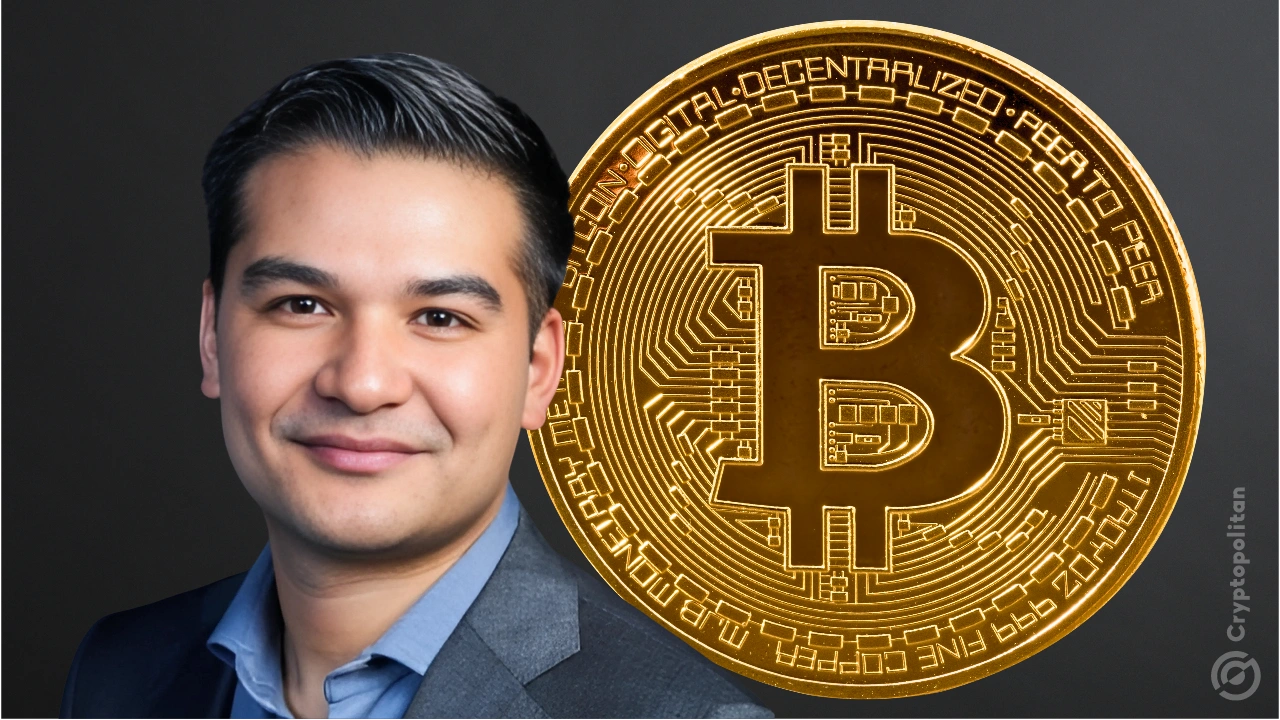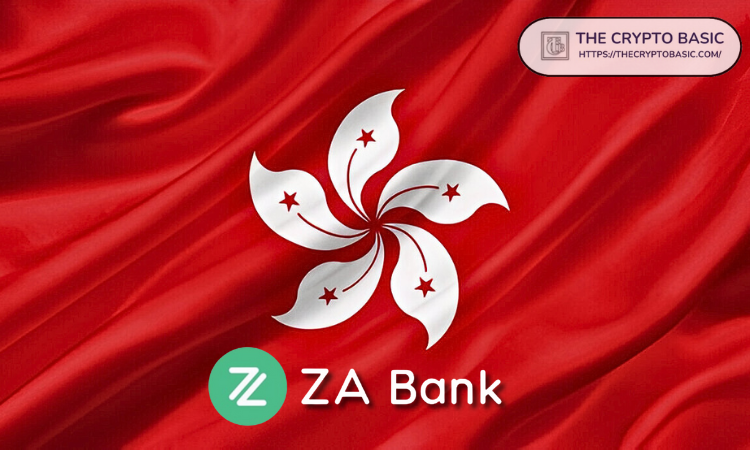
When Hut 8 CEO Asher Genoot dropped a poll on X (formerly Twitter), he got a response that even Bitcoin maxis would envy.
“Hut 8 already holds 9,100 Bitcoin on our balance sheet. Should we increase our Bitcoin reserves?” he asked. The results? A resounding 93.7% yelled “yes.” Just 2.8% opted to hold steady, while 3.6% went rogue and voted to sell for cash.
A mining giant’s roots
Launched in 2017, the company immediately set its sights on large-scale mining. By March of that year, they inked a $100 million electricity deal to power a mining facility in Medicine Hat, Alberta. By July 2018, the operation was up and running, turning energy into Bitcoin faster than you can say “block.”
Public trading came next. Hut 8 made its debut on the OTCQX Best Market in May 2018 and leveled up to the Toronto Stock Exchange in 2019. This boosted its visibility and gave it access to the capital needed to grow.
By mid-2019, the company had mined 2,816 Bitcoin in a single quarter, cementing its position as a serious contender in the crypto mining space.
Fast-forward to 2020, and a leadership shake-up brought Jaime Leverton in as CEO. Her tenure saw massive growth, and by the time Hut 8 merged with US Bitcoin Corp in 2023, it was one of the biggest miners in North America.
The merger brought another leadership change, with Asher Genoot stepping into the CEO role to steer the company’s next phase.
Hut 8 has consistently followed a self-mining strategy, keeping the coins they mine rather than selling them. This strategy allows them to ride out market volatility while betting on Bitcoin’s long-term value.
Using a blend of hydro and nuclear power, the company has set its sights on becoming carbon-neutral by 2025. They’ve got over 5 gigawatts of projects in development, with 1.5 gigawatts already locked in under exclusivity agreements.
Three AI-focused data center projects stand out, offering over 430 megawatts of capacity and power delivery expected by 2025. These facilities could become hubs for large-scale AI computing, adding another revenue stream to Hut 8’s portfolio.
On the hardware front, Hut 8 is ramping up its game with an ASIC fleet upgrade. This move will improve fleet efficiency by 37%, dropping their energy consumption to 19.9 joules per terahash. By early 2025, they’re aiming for a self-mining hashrate of 9.3 EH/s, with plans to hit 24 EH/s by Q2 if everything aligns.
Their collaboration with BITMAIN is a major factor here. Together, they’ve developed mining systems like the U3S21EXPH, tailored for high-density racks and advanced cooling.
And then there’s the GPU-as-a-Service vertical—a fresh addition that diversifies Hut 8’s offerings beyond Bitcoin. By using GPUs for AI and other computational tasks, the company is positioning itself to capture a slice of the booming AI infrastructure market.
Genoot mentioned this initiative as part of a plan to drive nine-figure annualized revenues while slashing interest expenses by $17 million over three years.
Land a High-Paying Web3 Job in 90 Days: The Ultimate Roadmap











